Top speed 320 km/h Length 6.72 m Manufacturer Dyn'Aéro | Wingspan 8.66 m First flight June 14, 2000 | |
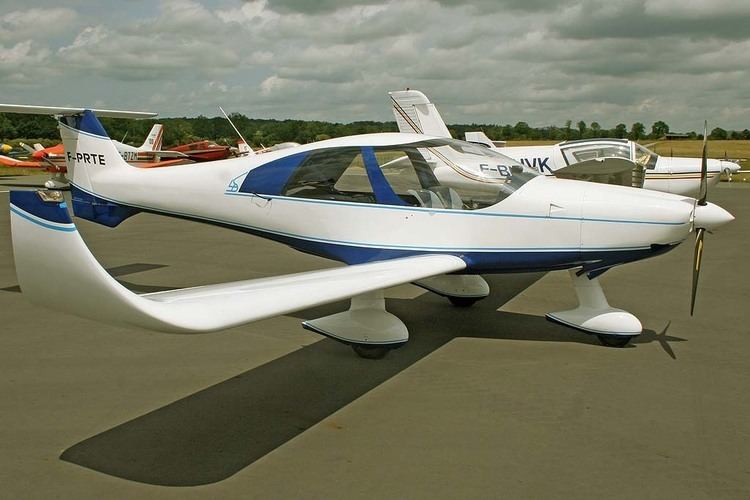 | ||
The Dyn'Aéro MCR4S is a four seat development of the French two seat, single engine Dyn'Aéro MCR01. It first flew in early 2000 and is sold as a kit for homebuilding in several versions.
Contents
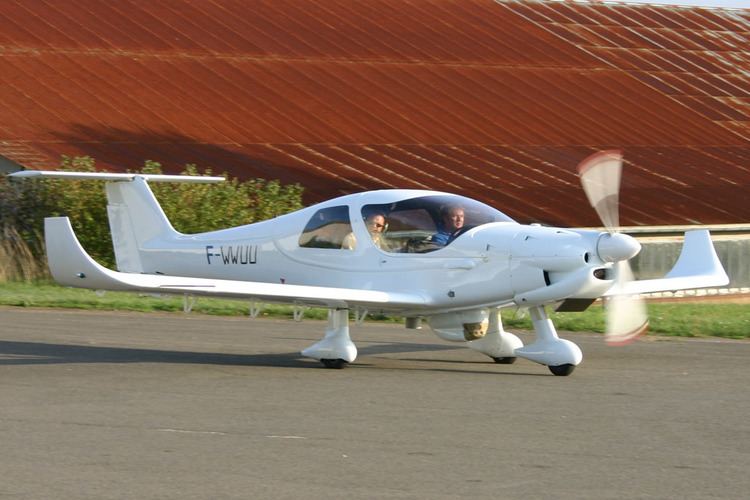
Design and development
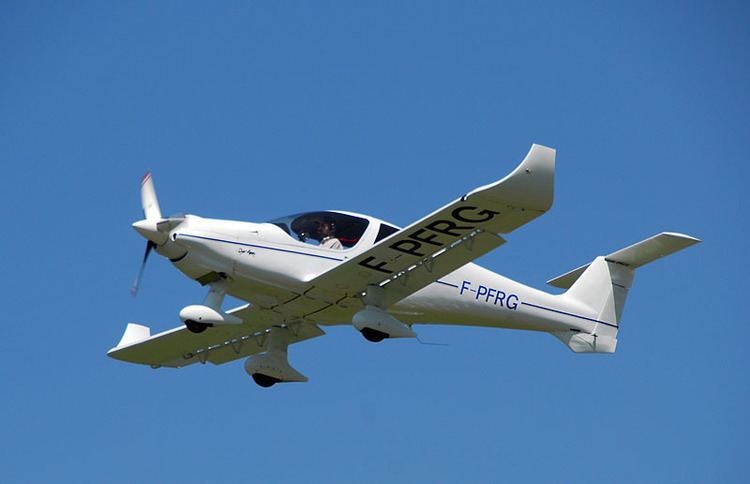
The MCR4S is a four seat development of the Dyn'Aéro MCR01 and retains many similarities. Both types are low wing, single engine monoplanes with T-tails. The major changes are an increase in fuselage length to accommodate an extra row of seats with generous windows and the replacement of the flaperons seen on the long span variants of the MCR01, which have wings of about the same span as those of the MCR4S, with slotted flaps.
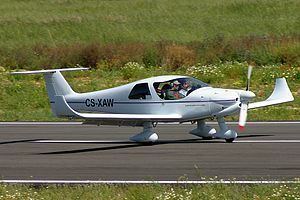
The wing and all control surfaces of the MCR4S have carbon fibre spars and ribs, to which preformed aluminium skins are glued. The wings have constant chord and carry 3° of dihedral. The ailerons are short, leaving the rest of the trailing edge of each wing divided between two double slotted, three position flaps. Winglets were introduced in 2001 and modified to have straight (in plan) trailing edges from 2002. The MCR4S has a T-tail with an all-moving tailplane. The fin is an integral part of the carbon fibre monocoque fuselage shell which also features a small ventral fin.
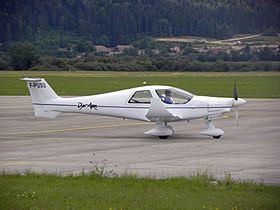
The cabin seats up to four, depending on the variant, in two side-by-side rows. Entry is via the large, forward hinged, two piece canopy. Two large windows light the rear seats, the port side one doubling as an emergency exit. A variety of Rotax flat four engines may be fitted, driving a two or three blade propeller, which may have fixed or variable pitch. The MCRS4 has a tricycle undercarriage. The main wheels are mounted on short, vertical legs beneath the wings, as on the Club and ULC variants of the MCR01, with a track of 2.33 m (7 ft 8 in). All undercarriage wheels and legs are faired.
The Dyn'Aéro MCR4S flew for the first time on 14 June 2000.
The MCR4S structure has been used by EADS Defence & Security for its EADS Surveyor 2500 drone.
Operational history
The first public appearance of the MCR4S was at the International Air Rally held at Cranfield just nine days after the first flight. French certification was gained in June 2001 (DGAC) and the first customer, aircraft designer Pierre Robin, flew his aircraft shortly afterwards. UK certification (LAA), though sought, had not been achieved by 2009.
In mid-2010, 90 MCR4Ss appeared on the civil aircraft registers of European countries excluding Russia.
Variants
Data from Jane's All the World's Aircraft 2011/12
Current (2010) versions are based on the MCRS4S-2002 specification.Specifications (Four seat Performance)
Data from Jane's All the World's Aircraft 2011/12
General characteristics
Performance
